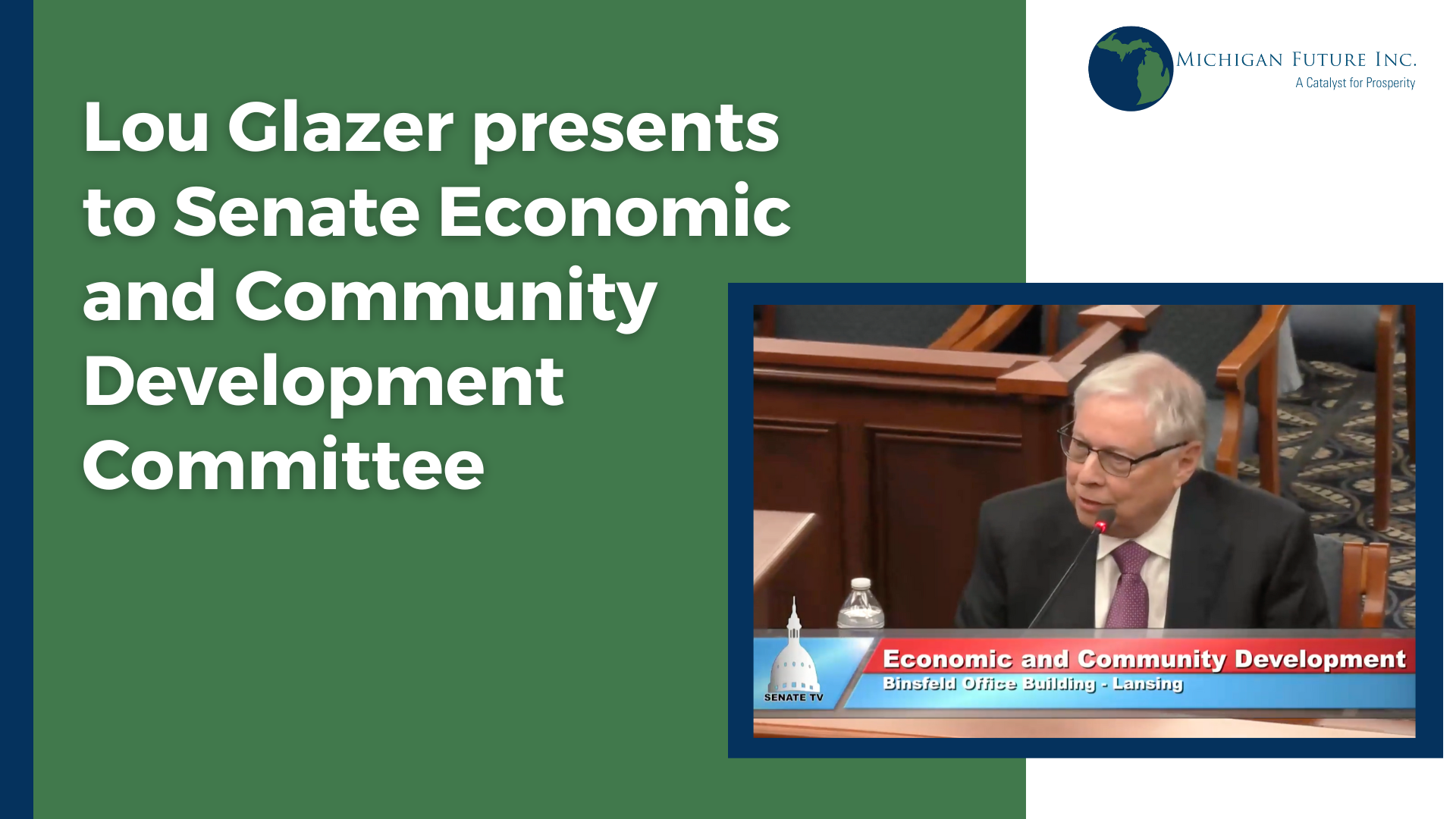A recent LA Times story is headlined “California billionaires plan to put big tax hike on the ballot.” You read that right: private sector leaders pushing for a tax increase! What do they want to do with the increased funds? Invest in education and local government. Why more funding for education – both k-12 and higher education – and local government? Because they are essential to growing the California economy.
The recommendations were developed by the Think Long Committee for California, a component of the Nicoloas Berrgruen Institute. In addition to Berrgruen, a billionaire investor, the Think Long Committee includes bi partisan heavyweights like Eric E. Schmidt, the chairman of Google; Gray Davis, a former Democratic governor; Eli Broad, a prominent philanthropist; and two former United States secretaries of state, Condoleezza Rice and George P. Shultz, both Republicans.
The report’s (found here) framework for growing the California economy:
- Create a positive business environment for job creation
- Reduce the personal income tax across the board while retaining California’s progressive tax structure
- Fund education by an additional $5 billion while fostering reform
- Provide $2.5 billion to the University of California and California State University systems to keep higher education within reach of California’s families
- Empower county governments and help reduce public safety costs by providing $1.5 billion in additional funding
- Provide $1 billion to California cities in block grants to meet their local needs
- Start paying down the state’s “wall of debt” and stabilizing the boom-and-bust budget cycle
- Give Californians real power to make government accountable
- Improve the process for making long-term economic policy
So an approach to growing the economy that includes lower business taxes and regulation, lowering the costs of and improving the quality of government services and a net tax increase to enable public investments in education, quality basic services and infrastructure. The plan would largely be funded by a sales tax on all services except health care and education. The report says:
While we tax the sale of a donut eaten in a coffee shop, we don’t, for example, tax the sale of legal, consulting, accounting or architectural services. In essence, those who produce goods such as donuts or machinery are subsidizing those who produce services and information. To address these issues, the committee proposes to broaden the tax base while reducing personal income taxes across the board and bringing the corporate rate down to a competitive level in line with other states. However, the new tax code will have to produce a sufficient increase in revenues to reduce the state’s budgetary debt and in the longer term provide stable and growing funding for the services that are essential to long-term economic growth such as education, public safety and investment in infrastructure. (Bold added.)
The plan is clear on the goal of economic development – a broad middle class – and why public investments in higher education, k-12 and local government are essential to that goal.
They identify the goal as: “A guiding objective of the state’s long-term strategy should be to build a vibrant, job-creating business climate that can sustain a solid middle class while continuing to make California a welcoming place where families and individuals will want to reside.”
On why higher education matters: “For decades, California’s higher education system has been the envy not only of this country, but of the world. More importantly, it has been the incubator for innovative, entrepreneurial thinking and has fueled the growth of cutting-edge technologies. In recent years, however, it has fallen victim to decreased funding from the state, which threatens its ability to attract and maintain quality faculty, provide accessibility and affordability for all students, and preserve its infrastructure.”
On the importance of k-12 education: “Quality K-12 education is the foundation of any solid middle class society, providing opportunities for upward mobility. This is especially so in a knowledge economy that faces stiff competition globally and where students in other countries from Singapore to South Korea to China outperform California’s students. To ensure the state’s long-term competitiveness, California schools must be brought up to global standards.”
And on state support for local government: “Returning decision- making power and resources when appropriate from Sacramento to localities and regions where the real economy functions and government is closer to the people – and thus more responsive, flexible and accountable.”
In Michigan we have been pursuing for a decade or more the cut part of the strategy. Both taxes and public investments. And we have experienced arguably the worst decade in post World War II Michigan. What this bi-partisan group of Californians – with heavy private sector leadership – understands – but we still don’t – is that you can cut business taxes and the cost of government at the same time that you are raising taxes to fund the public investments which give you a far better chance of growing your economy. It is both/and, not either/or. The sooner we learn this lesson the more likely we get back on a path to prosperity.






